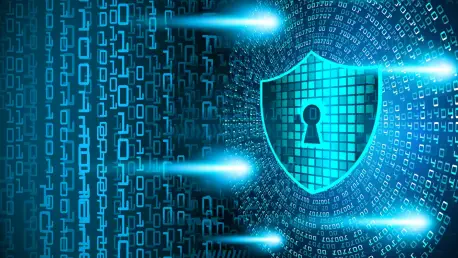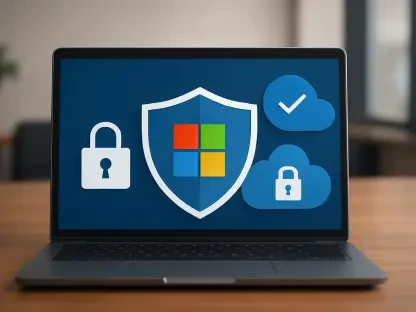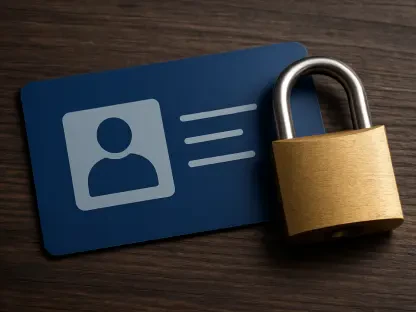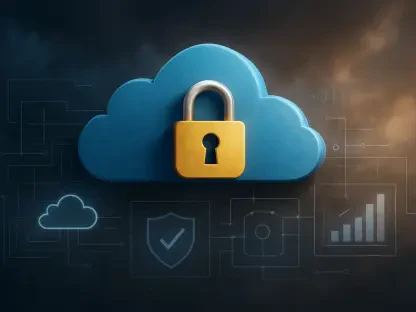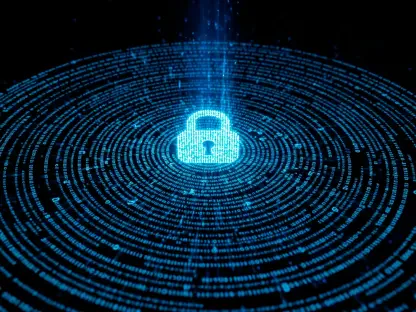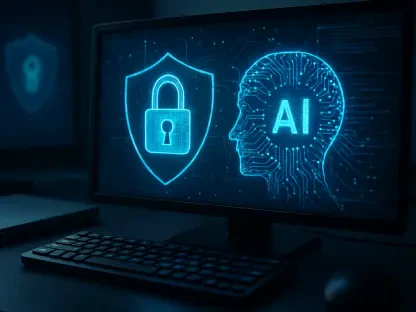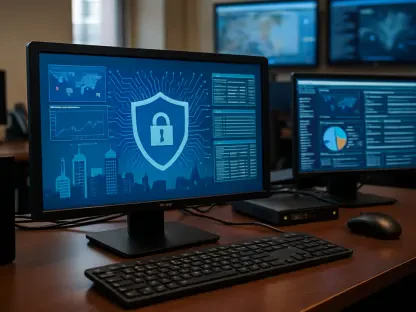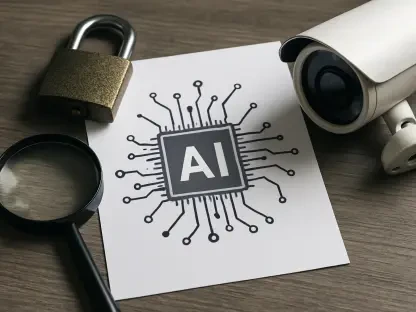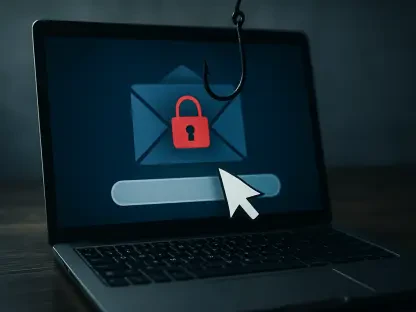In a world where digital threats lurk behind every virtual corner, organizations must take decisive action to safeguard their data and operations. Agencies from the US, UK, Australia, and Canada have sounded the alarm about the urgent necessity for robust cybersecurity measures. Key among these are the roles of Security Information and Event Management (SIEM) and Security Orchestration, Automation, and Response (SOAR) systems. These technologies aren’t just optional tools; they have rapidly become essential components of a solid cyber defense strategy.
Navigating the Modern Cyber Threat Landscape
The question isn’t if your organization will face a cyber threat, but when and how prepared it will be to respond. This ominous reality highlights an unprecedented increase in cyber threats, characterized by the growing sophistication of attackers. As companies gather more sensitive data, they become increasingly attractive targets for malicious actors. The complexity of these attacks demands advanced technological solutions that can preprocess huge volumes of data and act swiftly against threats.
Inside the Cybersecurity Battleground
With the stakes so high, especially for industries like finance, healthcare, and energy, the demand for vigilant cybersecurity solutions is more pressing than ever. Statistics reveal a stunning rise in cybercrime, with significant financial impacts on organizations worldwide. This trend translates into real-world consequences, such as the potential disruption of essential services. A comprehensive cyber defense strategy is no longer a luxury; it is a necessity, required to protect the integrity and reliability of critical systems.
Unpacking SIEM and SOAR Technology
At the heart of cybersecurity are tools like SIEM, which serves as a command center by collecting and analyzing log data from diverse sources. Meanwhile, SOAR enhances this by automating responses to detected anomalies, ensuring rapid mitigation. Real-world examples demonstrate both the successes and challenges faced during the implementation of these systems. In one case study, a multinational firm improved its response time to incidents by integrating these technologies, while another reported temporary setbacks due to configuration issues.
Insights From the Experts
Cybersecurity experts agree that implementing SIEM and SOAR can be complex due to the need for specialized knowledge and resources. However, when executed correctly, these tools offer substantial value. An expert from a leading cybersecurity firm noted, “The right configuration of SIEM and SOAR can drastically reduce response times and minimize potential damage from cyber incidents.” A tailored threat model is crucial, as it helps organizations fine-tune these solutions to their specific needs, mitigating the risk of false positives and enhancing overall security posture.
Ideal Approaches for Implementation
Realizing the full potential of SIEM and SOAR requires a strategic approach. Organizations should start with a clear framework that includes thorough planning and execution steps. A key strategy involves avoiding configuration pitfalls and alert fatigue by continuously refining alert parameters. Regular updates, along with comprehensive staff training, are essential for ensuring these systems evolve in tandem with emerging threats. Leveraging expert advice and peer experiences can significantly enhance the efficacy of these technologies within an organization’s cybersecurity infrastructure.
In retrospect, the era of passive defenses is over. Organizations must now focus on developing and maintaining dynamic systems using SIEM and SOAR technologies. These tools provide a proactive approach, enabling quicker responses to the rapidly changing threat landscape. Looking ahead, companies should continuously refine their cybersecurity strategies, ensuring they remain resilient against evolving cyber risks.
